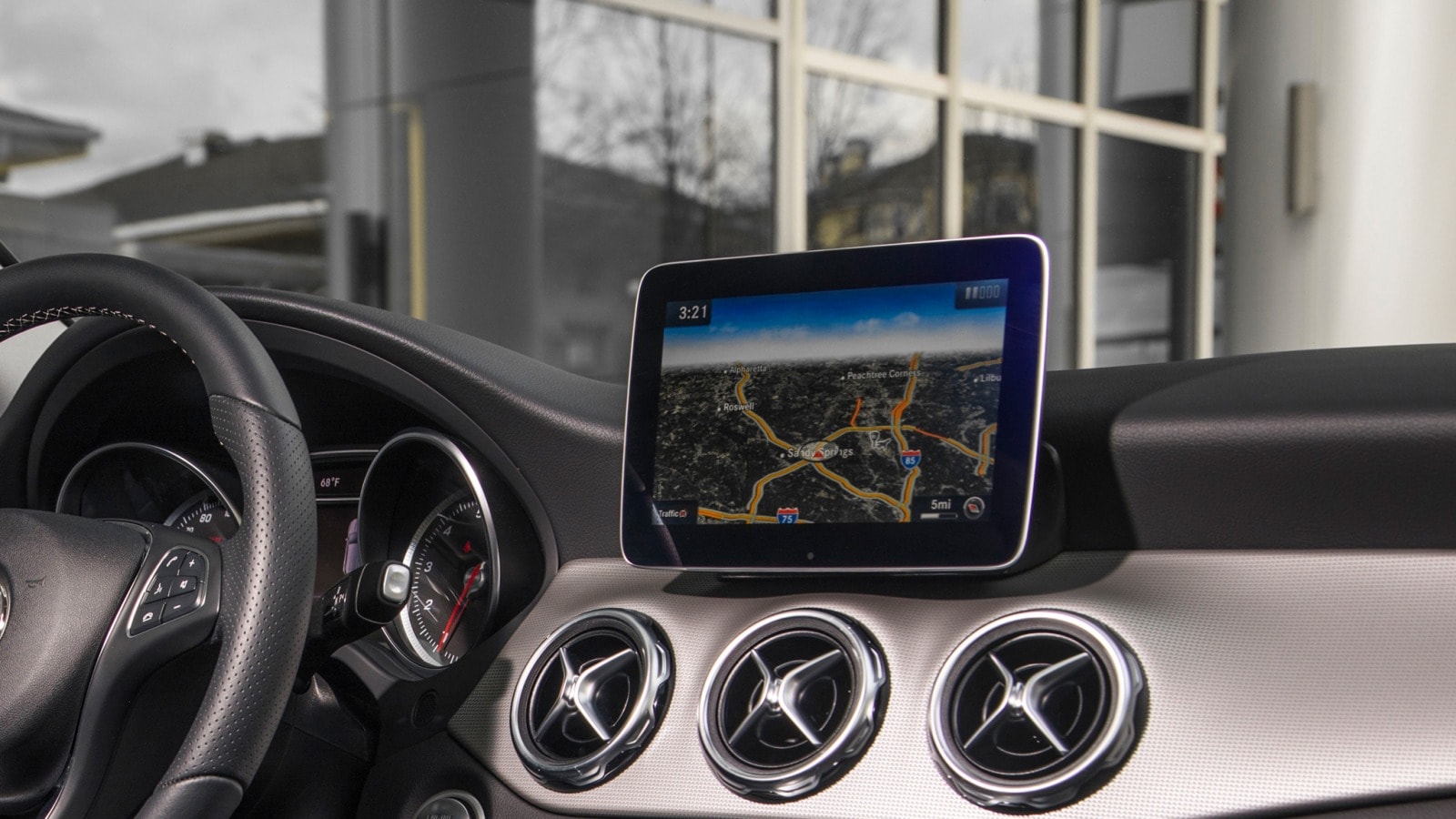The Durian, a fruit native to Malaysia, is prominently found across Southeast Asia. Of all the regions where it grows, Thailand’s production of Durian stands out as the highest in the world. The Golden Pillow variety, in particular, is a renowned Durian type from Thailand. When it comes to savouring this fruit at its best, it should ideally be semi-soft. This optimal stage of ripeness ensures a texture where the skin remains sturdy, while the flesh inside is rich and creamy, akin to thick cream.
In recent times, durian has seen a surge in popularity within the Chinese market. This has led to a substantial increase in both the cultivation area and export volumes of Durian from Thailand. However, this growth demands meticulous care to maintain production levels. There are numerous pests and diseases that can affect Durian trees all year round, with aphids being the primary concern. Other pests such as leafhoppers, thrips, psyllids, and spider mites also pose threats. These pests can harm the Durian tree leaves, hampering photosynthesis, which could potentially lead to lower yields than expected, thereby impacting revenue.
Table of Contents
The laboratory in Durian Garden
Wootichai Kunjet hails from Chanthaburi, Thailand’s durian heartland, where he has cultivated the king of fruits for over 13 years. His sprawling durian orchard, spanning an impressive 216 acres or 90 rai (14.4 ha), is home to 1,500 durian trees. The star of his garden is the coveted Golden Pillow durian, known for its ample pulp, ideal moisture content, and a delicate balance of taste and aroma.

But Wootichai isn’t just a successful durian farmer; he also serves as the President of the Thai Durian Association. A passionate advocate for agriculture, he pursued studies in fruit tree cultivation and agricultural business in university. Upon graduation, he returned home to assist his family in managing their orchard. Recognizing the need for industry development and driven by his deep love for durian, he later founded the Thai Durian Association.

Aerial Photo of Wootichai’s Durian Orchard
To boost durian production and enhance their income, Wootichai and his wife set up a dedicated laboratory within their durian orchard. This lab is well-equipped with professional tools, including microscopes and test tubes. The microscope, in particular, allows Wootichai to closely monitor the activities of pests. After applying pesticides, he often examines the leaves for any remaining pests or damage under the microscope. By comparing the outcomes of various pesticide application methods, he can determine the most effective strategy. He meticulously documents all observations, contributing to a detailed record of best practices.


Thailand’s durian cultivation sees two major periods of intensive care each year. The first period, from July to December, coincides with the country’s rainy season and the durian leaf growth stage. The warm, moist climate during this time is a hotbed for pests and diseases, while heavy rains can lead to significant nutrient depletion.
The second critical phase spans from January to March, which aligns with the flowering and fruit development stages. During these peak care periods, it’s necessary to apply foliar fertilizers and pesticides anywhere from 3 to 6 times per month to ensure optimal health and productivity of the durian trees.
Two or three years ago, Wootichai gradually began to explore new spraying modes, using P4R for aerial survey, DJI mapping software to build maps and generate automatic routes, and T30 for spraying. Later, he began to use the Mavic 3 multispectral version for aerial survey, used DJI Map software to build maps, and then used the T40 for spraying.
Durian Spraying Operation Flow
For operations in the durian orchard, M3M is first used to conduct aerial surveys to take hundreds of photos of the orchard, view the overall overview of the plot, understand the growth of the durian trees, determine whether there are any pests and diseases, and collect basic information for the operation plan.

Then, photos taken during the aerial survey were imported into DJI Terra software to start the image reconstruction. The photos were generated into a three-dimensional map, and AI was used to identify the durian trees and obstacles in the map. The setup required unmanned If the machine sprays the area, such as the automatic equidistant route, click “Generate 3D Channel”. The 3D channel will appear above the durian tree. You can adjust the overall height, the width, and the angle of the spraying operation and the smoothness of the route on the software. In the latest DJI Terra, users can flexibly adjust the height of a certain waypoint on the map to ensure that the drone spraying operation is efficient and accurate.

The T40 sprays accurately according to the generated route.
Drones vs. Manual labor: Saving Time and Medicine, Fully Meeting the busy needs of Durian Orchards
In Thailand’s long rainy season with a brief window for crop spraying, drones have proven their worth by significantly reducing the time and resources needed for this crucial task. For instance, it takes about 4 days to manually spray a 90-rai durian orchard, while a drone accomplishes the same task within 1-2 days. Furthermore, during the summer of 2023, when a new type of aphid rapidly spread across crops, drones were able to respond swiftly within the tight 2-3 day timeline for emergency spraying, a feat often unachievable with manual methods.

Agricultural drones address numerous challenges associated with manual spraying. Firstly, the labor-intensive and health-risk laden nature of pesticide application makes it difficult to recruit and retain workers. This is a significant problem for durian orchard owners, especially during peak farming periods.
Secondly, manual spraying often leads to excessive pesticide use due to its lack of precision, resulting in waste. In comparison, agricultural drones can reduce chemical usage by 20%-30% for the same area.
Lastly, from a coverage perspective, drones can access treetops – a common habitat for pests – which is nearly impossible to achieve with manual spraying. Therefore, drones not only increase efficiency but also enhance the effectiveness of pest control.

| Spraying Method | Water Consumption/ Rai(L) | Chemicals Concentration | Chemicals Cost(Baht, Thai Currency) |
| Manual Spraying | 333.33 | 1 | 333.33 |
| Airblast | 166.5 | 1.5 | 249.75 |
| Agras Drone | 30 | 5 | 150 |
| The cost of spraying a 90-rai durian orchard is 540 baht (calculated based on 40 operations per year)
Compared with manual labor, agricultural drones can save 659 baht in cost. Compared with the Airblast spray truck, the agricultural drone can save 359 baht in cost. *The frequency and cost of durian spraying vary due to annual harvest changes. |
|||
Before adopting drone spraying, Wootichai relied on manual methods and an Air Blast spray truck for his durian orchards. Manual spraying proved inefficient with uneven coverage and significant loss of chemical agents. Operating the spray truck during rainy seasons posed additional challenges due to its weight, which could damage the soil. Furthermore, the close proximity of the high crowns of mature durian trees limited the effectiveness of the spray truck, resulting in suboptimal coverage rates.

Operation Parameters
| Model | T40 | Flow Rate | 12L/min |
| Speed | 1-1.5 m/s | Height | 3.5 m |
While agricultural drones might be a costly investment for local Thai farmers, their benefits significantly outweigh the costs. These drones not only enhance spraying efficiency but also address the critical issue of rapid pest and disease control, which is often hampered by labor shortages. They surpass the limitations of manual labor and traditional farming machinery. Given the tall stature of durian trees and their growth in mountainous terrains, certain areas are challenging to reach with conventional spraying methods. The adoption of agricultural drones has led to improved crop yields, minimized economic losses from pests and diseases, and enhanced worker safety.
website: https://ag.dji.com





_3-6.jpg)



